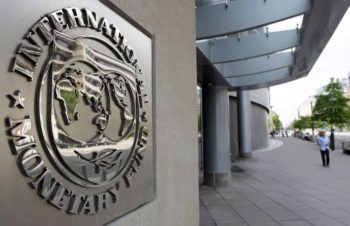
Economic growth in sub-Saharan Africa should recover slightly to 2.6 percent this year after a more than two-decade low in 2016 as commodity exporters faced lower prices, the International Monetary Fund (IMF) said on Tuesday.
The slight rebound will be driven by a recovery in oil production in Nigeria, higher public spending ahead of elections in Angola, and the fading of drought effects in South Africa, the IMF said in its regional economic outlook.
However, resource-rich Nigeria, Angola and Central Africa’s six-nation CEMAC bloc are still struggling to deal with the losses caused by low oil prices, the IMF said.
“The overall weak outlook partly reflects insufficient policy adjustment,” said Abebe Aemro Selassie, Director of the IMF’s African Department, adding that this was holding back investment.
In non-oil producers such as Ivory Coast, Kenya, and Senegal, growth is expected to remain strong at over 5 percent but vulnerabilities such as rising public debt are starting to emerge, it said.
For a decade, sub-Saharan African economic growth of around 5 percent drew in foreign investment but that is drying up with economic growth now barely keeping up with population growth.
The World Bank also expects growth of 2.6 percent this year, expanding to 3.2 percent in 2018 and 3.5 percent a year later.